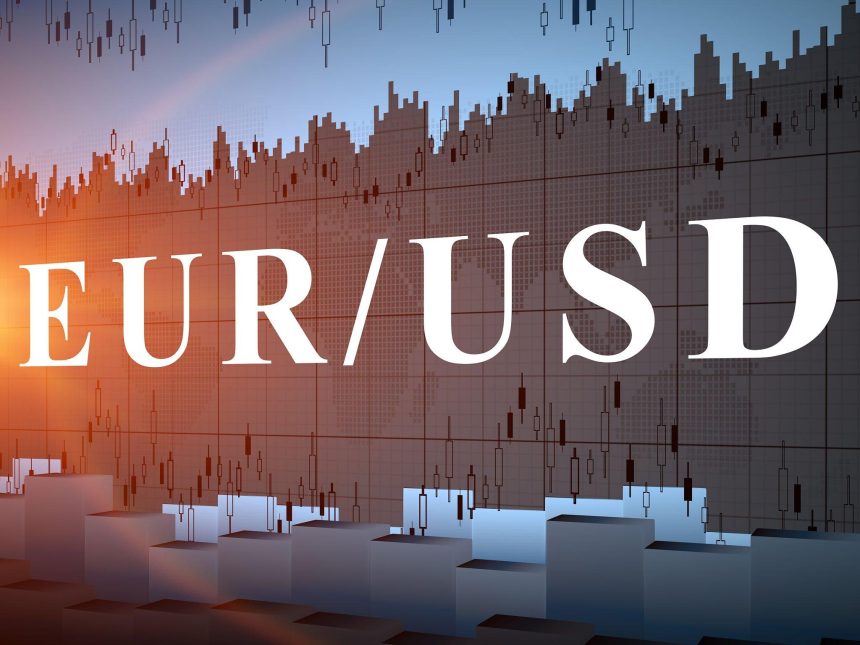EURUSD traded down following the release of February US CPI data.
EURUSD fell to the lower 1.0900s on Tuesday during the US session after the release of US Consumer Price Index (CPI) inflation data, which revealed inflationary pressures were greater than predicted in February.
The results demonstrate that inflationary forces remain stubbornly high.
According to the CPI report, the Federal Reserve (Fed) may need to keep interest rates higher for an extended period of time to calm the economy. Relatively higher interest rates for a longer period are a positive driver for the US Dollar since they attract more Foreign capital inflows.
The fact that gasoline and energy prices were two of the largest contributors to rising inflation would most likely limit EURUSD fall, as these are considered as less entrenched pressures and more susceptible to global commodity price movements.
US CPI comes up higher than expected.
The EURUSD fell more on Tuesday as US inflation showed surprise stickiness in February.
The US Consumer Price Index ex Food and Energy (core) inflation rate rose to 3.8% year on year, compared to economists’ expectations of 3.7%. The percentage was lower than the 3.9% recorded in January, indicating that inflation is falling, albeit not as swiftly as expected.
On a monthly basis, core CPI grew 0.4%, higher than the 0.3% anticipated and equal to to the 0.4% reported in January.
The broader headline CPI figure rose unexpectedly by 3.2% year on year, compared to the 3.1% estimate. This was also higher than the 3.1% reported in January.
On a monthly basis, headline CPI increased by 0.4%, which was in line with expectations and higher than the 0.3% recorded in January.
According to the CME FedWatch Tool, which assesses a market-based expectation of when the Federal Reserve would begin lowering the Fed Funds Rate, the likelihood of a first rate cut in March has dropped to 1%, down from 3% prior to the CPI data. Prior to the CPI release, the possibility of one or more 25 basis point cuts by May was 17.1%; now it is 16.8%. Probability of one or more interests Rate cuts by June are presently at 69.7%, down from 71.4% previous to the report.
EURUSD is expensive and likely to decline.
BNY Mellon strategist Geoffrey Yu believes the Euro is expensive given the Eurozone’s relatively weaker growth and the prospect of quicker rate cuts in Europe compared to the US.
In an interview with Bloomberg News on Monday, the expert predicted that the Euro would decline against the US dollar in 2024.
“I’m still holding onto my view that at some point this year we’re going to get parity with the Dollar,” Yu told the crowd.
Weakness is likely to come from a two-pronged attack on the Euro, consisting of a sluggish economy and the European Central Bank (ECB) cutting interest rates before The Fed.









